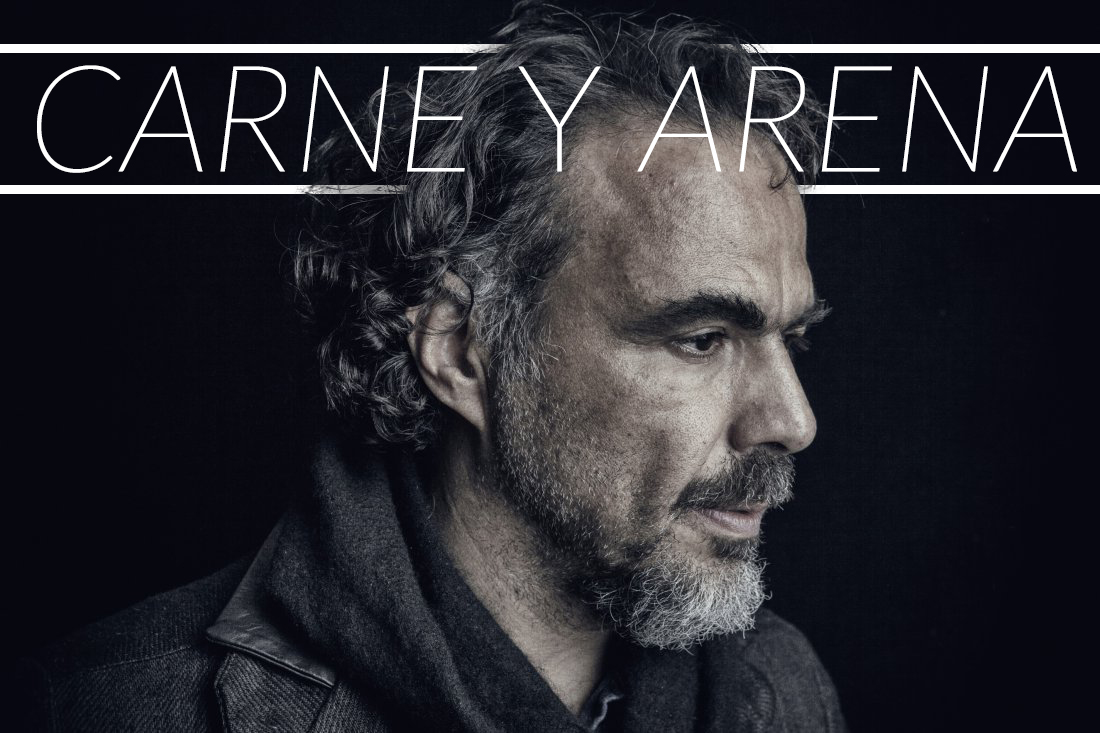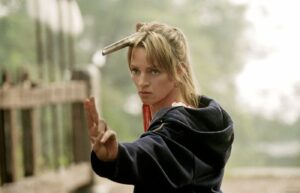Carne y Arena is a virtual reality installation made by the four-time Academy Award-winner director Alejandro G. Inárritu with the collaboration of the director of photography Emmanuel “Chivo” Lubezki (three-time Academy Award winner). It was produced and financed by Legendary Entertainment and Fondazione Prada. “Carne y arena” was presented at the 70th edition of the Cannes Film Festival and currently exposed in the Deposito at Fondazione Prada in Milan (from 7 June 2017 to 15 January 2018). The documentary shows the experiences and difficulties of the Mexican and Central-American Refugees, in their desperate attempt to cross the United States board, narrating it all with the power of the new Virtual Reality technology.
“Carne y arena” has been recently rewarded by the Academy’s Board of Governors with a Special Academy Award, in recognition of its visionary ideas and of having brought to the public an immersive storytelling experience, along with a new concept of cinema that mixes multimedia art and cinema experience. The recognition consists of an extremely rare Academy Award, which has been handed out only 18 times in the 90 years of the history of The Academy.
It will be assigned to Inárrittu, the project’s creator, the next 11 November.
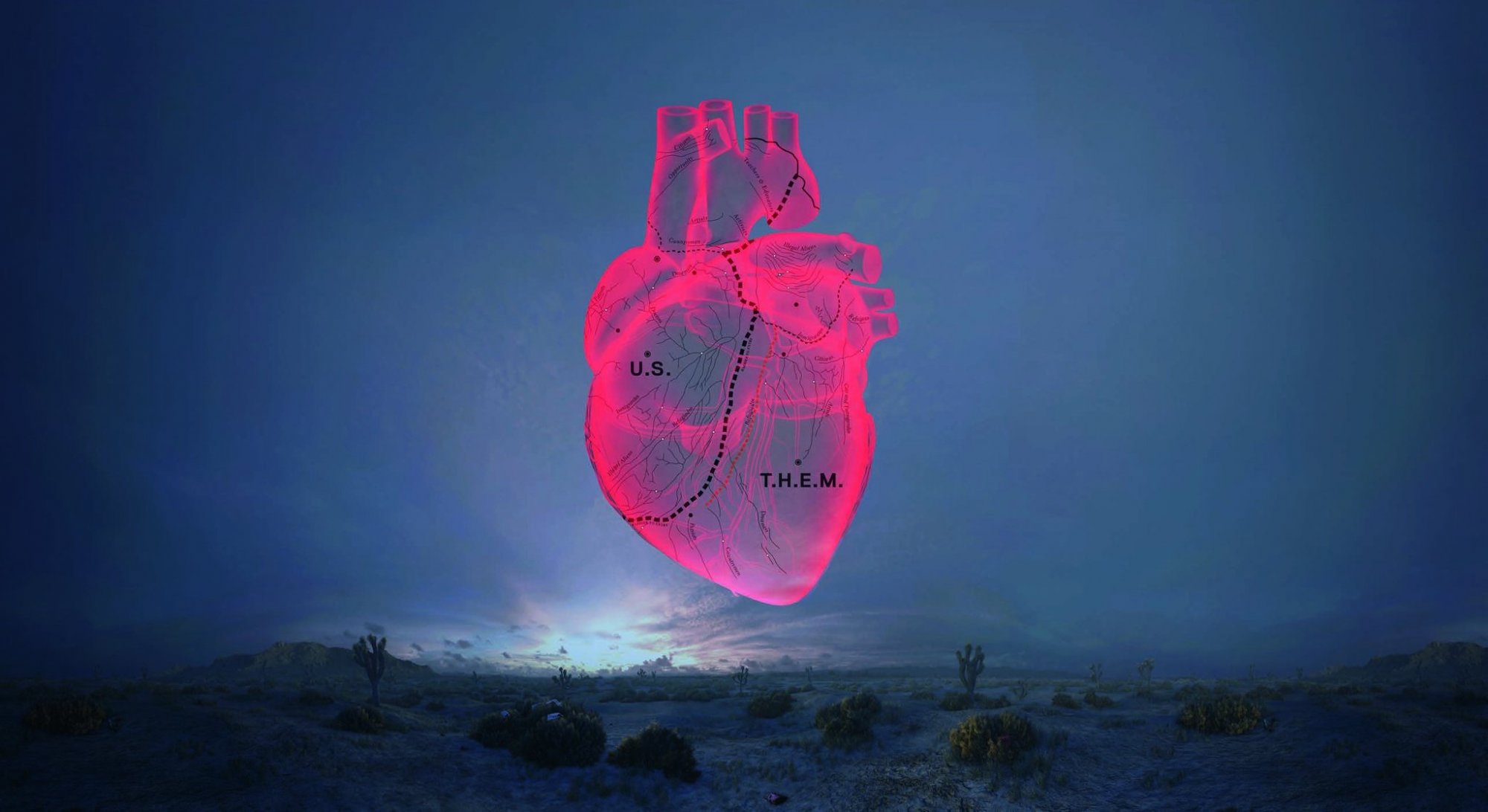
Let’s have a look at the main purposes and the considerations of the Mexican director through some of the project’s key-points:
The Concept’s Birth:
In an interview at the Cannes Film Festival, the director revealed that in the last four years, this project has been growing in his mind. Then, the intent of making the project visible and experienced freely has been possible thanks to Miuccia Prada, the founder of Fondazione Prada in Milan, who has excepted to produce and expose the installation into the spaces of her Foundation. During the first production phase, Inàrritu lived closely with the Central American refugees, listening to their own stories and inviting some of them to collaborate in the project. The result was an innovative virtual technology installation, which creates a large and multi-narrative space between subject and bystander. In fact, the Mexican director declares: “My intention was to experiment with VR technology to explore the human condition in an attempt to break the dictatorship of the frame, within which things are just observed, and claim the space instead, to allow the visitor to go through a direct experience walking in the immigrants’ feet, under their skin, and into their hearts.”
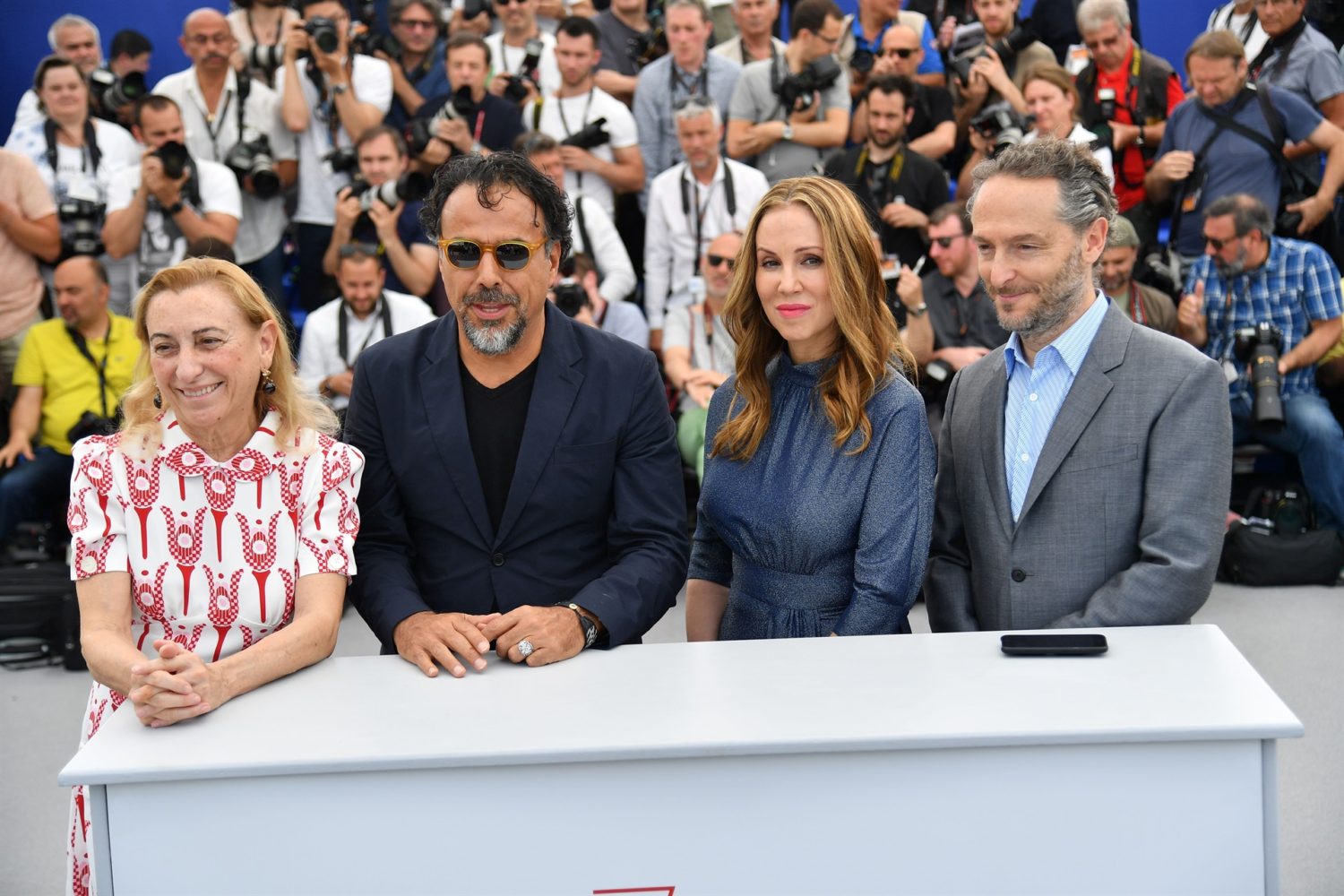
Break the Boundaries:
One of the director’s main intents is to break any kind of boundaries: social, participative and emotional. In fact, thanks to the VR experience, the relationship between subjects and bystanders becomes closer. The publics’ experience is totally personal and immersive, because all senses are involved.
This experience is even more immersive due to the fact that the bystander must follow some “rules” for being physically in contact with the installation. A few of them are, for example, that one must take the shoes off and be barefoot on the sand; wear a pair of sunglasses, a rucksack and a helmet which projects a six and half minute of solo virtual reality experience. This allows individuals to walk in a wide space and thoroughly live a fragment of the refugees’ personal journeys, such as an attack by the border patrollers.
A kind of cinema that deviates from the standard models but that will gain his own real definition and aesthetic language only with the future generations.

The Opening to a New Language:
Alessandro Celant, Fondazione Prada’s Artistic and Scientific Superintendent, talks about a “revolution in communication where seeing is transformed into feeling and into a physical engagement with cinema”. This was possible thanks to a multi-narrative language in which the duality between the organic and the artificial body is dissolved. There is a fusion of identities: a psycho-physical unity in which, by crossing the threshold of the virtual, the human strays into the imaginary and vice versa.
The Director’s Intent and the Target Audience:
The director’s intent has no politic purposes. In fact, he admits that his aim consists in the fact that people must make a human experience, but it should be connected to a real situation. Moreover, the director hopes to reach to the new generations, with the purpose of raising awareness among them, because constantly derailed by strong politicians who took over the humanitarian crisis for personal gains, without revealing the real causes because a lot of people are forced to leave their hometown every day, risking their own life.
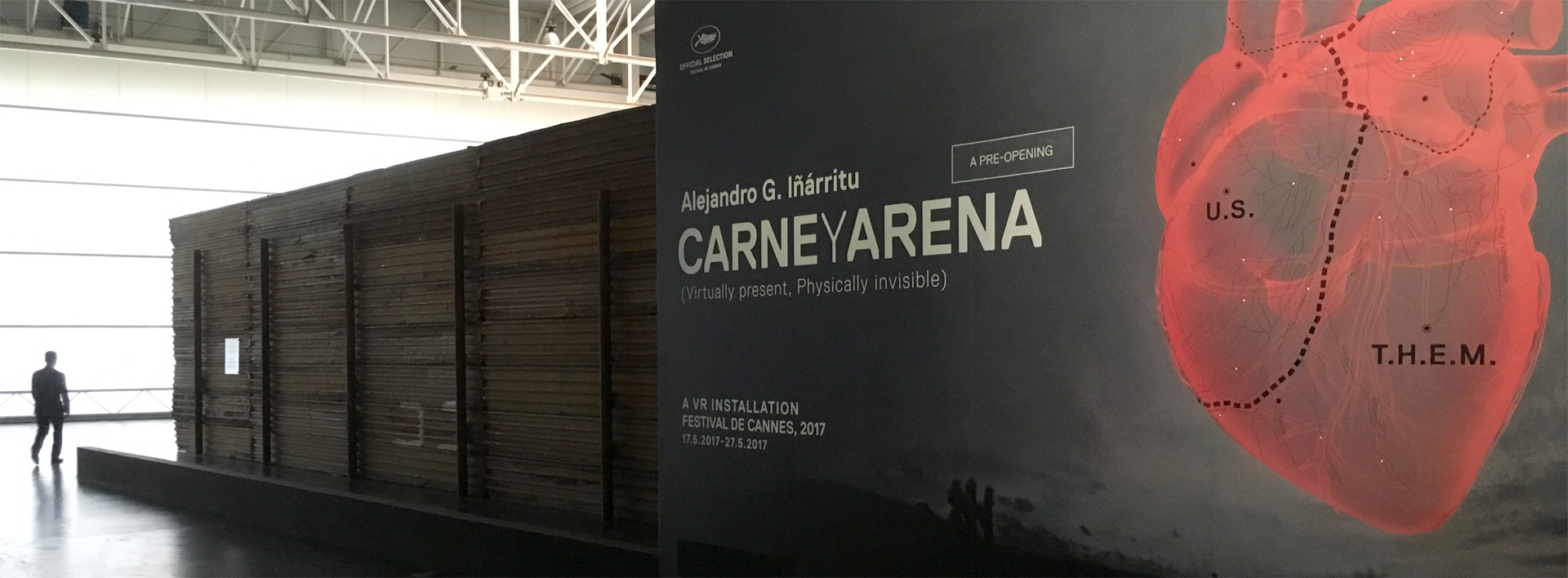
Fondazione Prada: the Experimental Centre of the Arts
Not surprisingly, “Carne y arena” is one of Fondazione Prada’s projects. The experimental approach which animates the installation is something that this project shares with the Foundation. Established in 1993, with the main purpose of breaking cultural boundaries and showing the endless exchange between arts, cinema and technology, the mission of the Foundation consists in constantly questioning the role of any art institution today.
That’s a matter the Foundation is still dealing with, giving the culture an active, educational and participative role in society. Culture should help us with our everyday lives and should help us understand how we, and the world, are changing. For these reasons, Fondazione Prada is considered as an experimental center as well as a meeting point between artists, philosophers, students and researchers, whose ideas are being materialized in cultural manifestations of our times.

